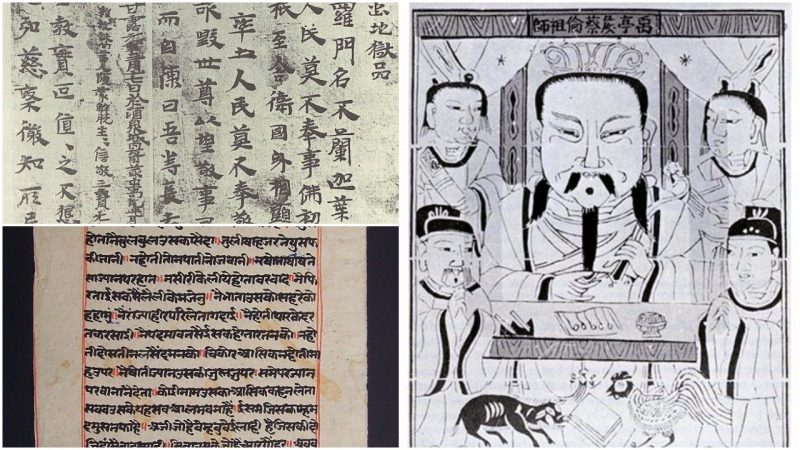China is credited with several astounding civilizational inventions, such as the compass, silk, porcelain, gunpowder, fireworks, and also papermaking. Traditionally, papermaking is attributed to a Chinese official named Cai Lun, who had been affiliated with the Imperial court during the reign of the Han Dynasty (202 BC – 220 AD).
Cai Lun allegedly created a sheet of paper using mulberry and other plant fibers. However, a more recent discovery as of 2006 suggests that paper may have been used by the ancient Chinese military more than 100 years before Cai. That would mean that Cai Lun contributed to the improvement of the papermaking process without fully inventing it. The earliest paper specimen is found in the Chinese province of Gansu and it has a map inscribed on it, dating from 179 – 41 BC.
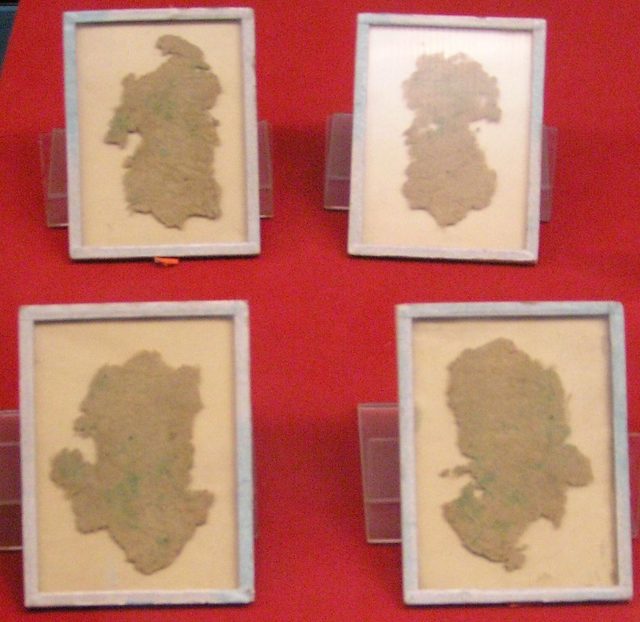
During the Shang and the Zhou dynasties of ancient China, which would be the period from 1600 until 256 BC, before paper was introduced, documents were usually written on materials and scrolls made of either bone or bamboo. However, the scrolls for writing were bit heavy, awkward, and difficult to move. Sometimes, silk was also considered for writing purposes, but it was too expensive to use it frequently.
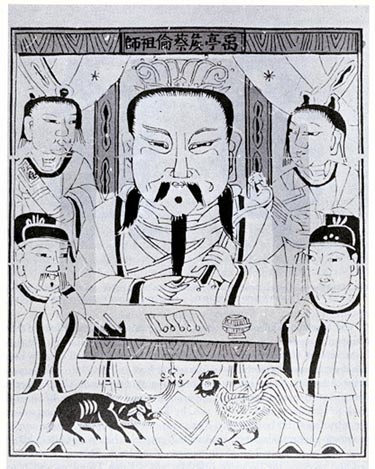
An account from the “Twenty-Four Histories”, the Chinese official historical books that cover the period from 3000 BC and all the way to the Ming dynasty of the 17th century, further reads: “In ancient times writings and inscriptions were generally made on tablets of bamboo or on pieces of silk called chih. But silk being costly and bamboos heavy, they were not convenient to use. Tshai Lun then initiated the idea of making paper from the bark of trees, remnants of hemp, rags of cloth and fishing nets. He submitted the process to the emperor in the first year of Yuan-Hsing (105 AD) and received praise for his ability. From this time, paper has been in use everywhere and is universally called the paper of Marquis Tshai.”
It is possible that the manufacture of paper emerged from the practice of pounding and stirring rags in water, after which the matted fibers were collected on a mat. The bark of paper mulberry was especially appreciated, and by the late Han period, the Chinese were already able to produce high-quality paper. From central China, paper production started to spread steadily to other realms of the country. The process was also introduced in Japan somewhere between the years 280 and 610.
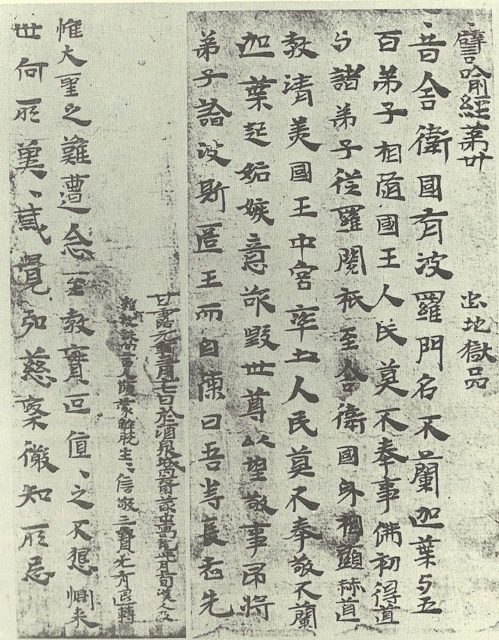
According to legend, the secrets of papermaking were transferred to the Islamic world from Chinese prisoners captured during the Battle of Talas (751). The battle was a military clash between the Arab Abbasid Caliphate and their ally the Tibetan Empire, against the Chinese Tang dynasty. Traditionally, Muslims would release prisoners if they could teach ten Muslims any valuable knowledge. The Chinese prisoners shared their skills in papermaking that eventually led to the creation of the first paper mills in the Islamic world.
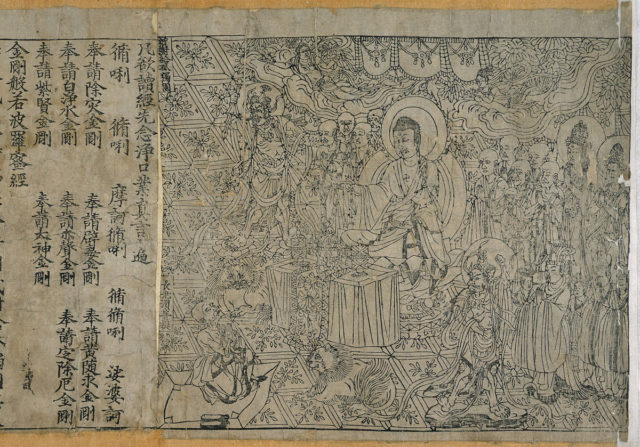
The Muslims refined the process of papermaking by introducing machines for the mass production of paper. Baghdad emerged as a new center for paper production and it saw the invention of thicker sheets of paper. Some of the newly employed techniques there included usage of linen instead of the bark of the mulberry that was used by the Chinese. This boosted the development of paper production and several mills started operating in Baghdad. From there, the industry spread to Damascus, which became the largest supplier of paper to Europe.
Through Iraq, Syria, and Palestine, papermaking further spread to the west. The first paper mills in Africa appeared in Egypt and Morrocco around the year 900. From there, papermaking further diffused to Spain and Europe. In Bologna, the first paper mill appeared in 1293. In England, the first use of paper did not come until the early 13th century and in Germany until the late 14th century.
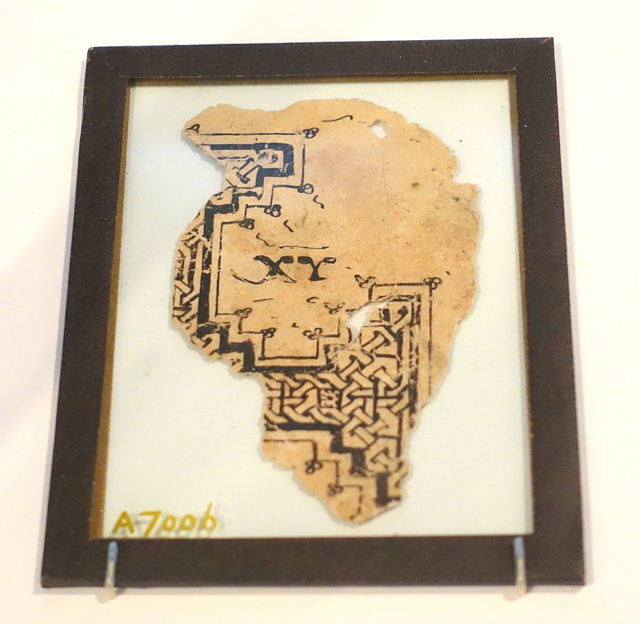
Thanks to Muslim merchants, papermaking was also introduced to India around the 13th century.
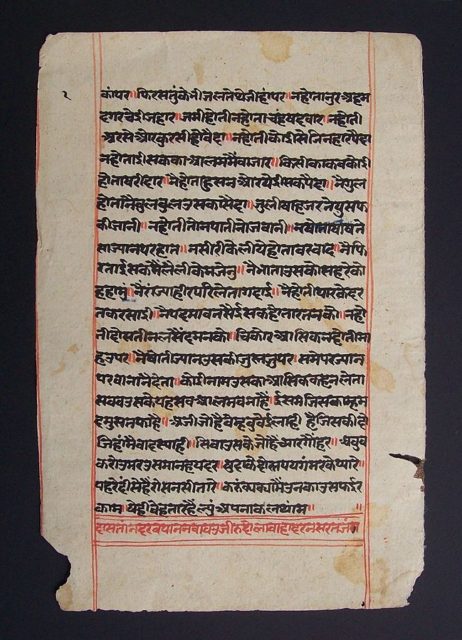
By the 9th century, papermaking was indeed commonplace among the Muslim countries. Only the most significant works, such as the sacred book of the Qur’an, were not written on paper but on vellum. We can also credit these countries for making books lighter, sewn with silk and bound with leather-covered pasteboards. Egypt was later noted for producing thicker paper, while Iran was a center for producing thinner papers.
It seems such an ordinary product today, but it is impossible to imagine the advancement of modern civilization and literacy without the development of papermaking.
